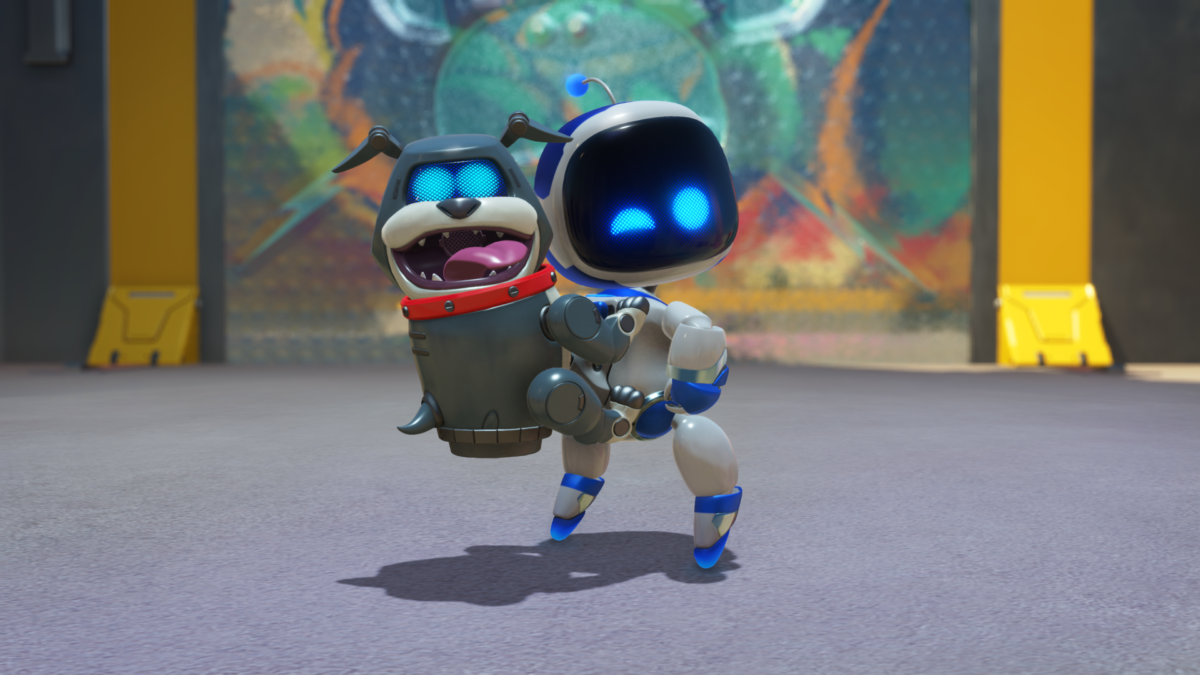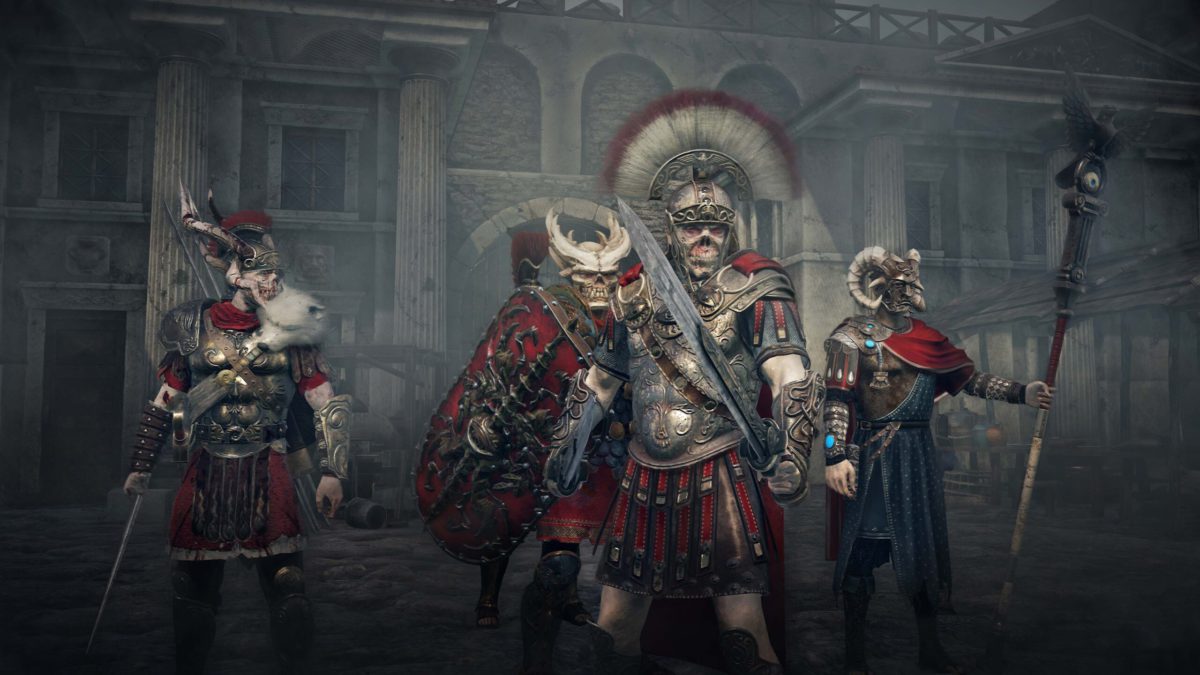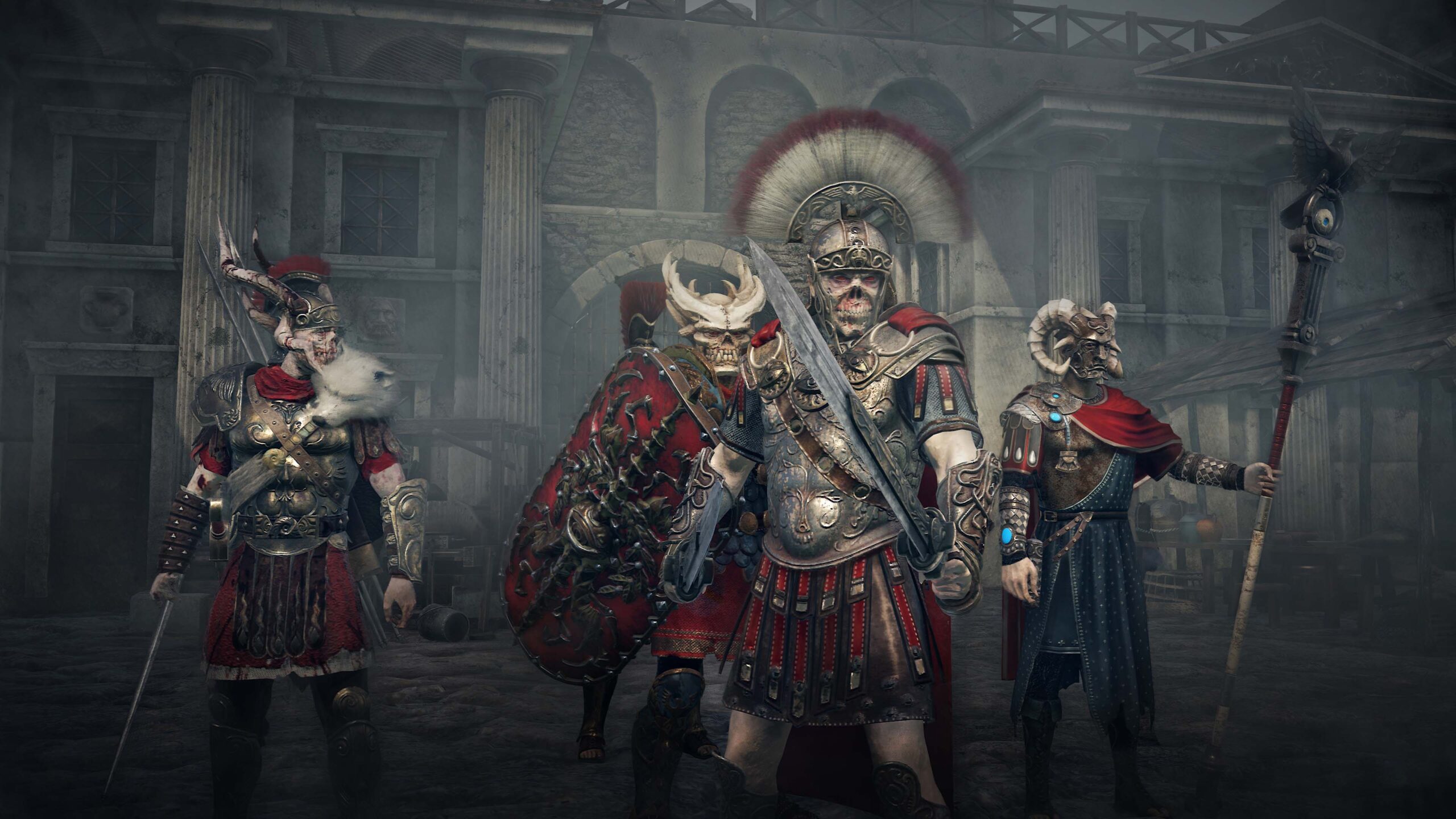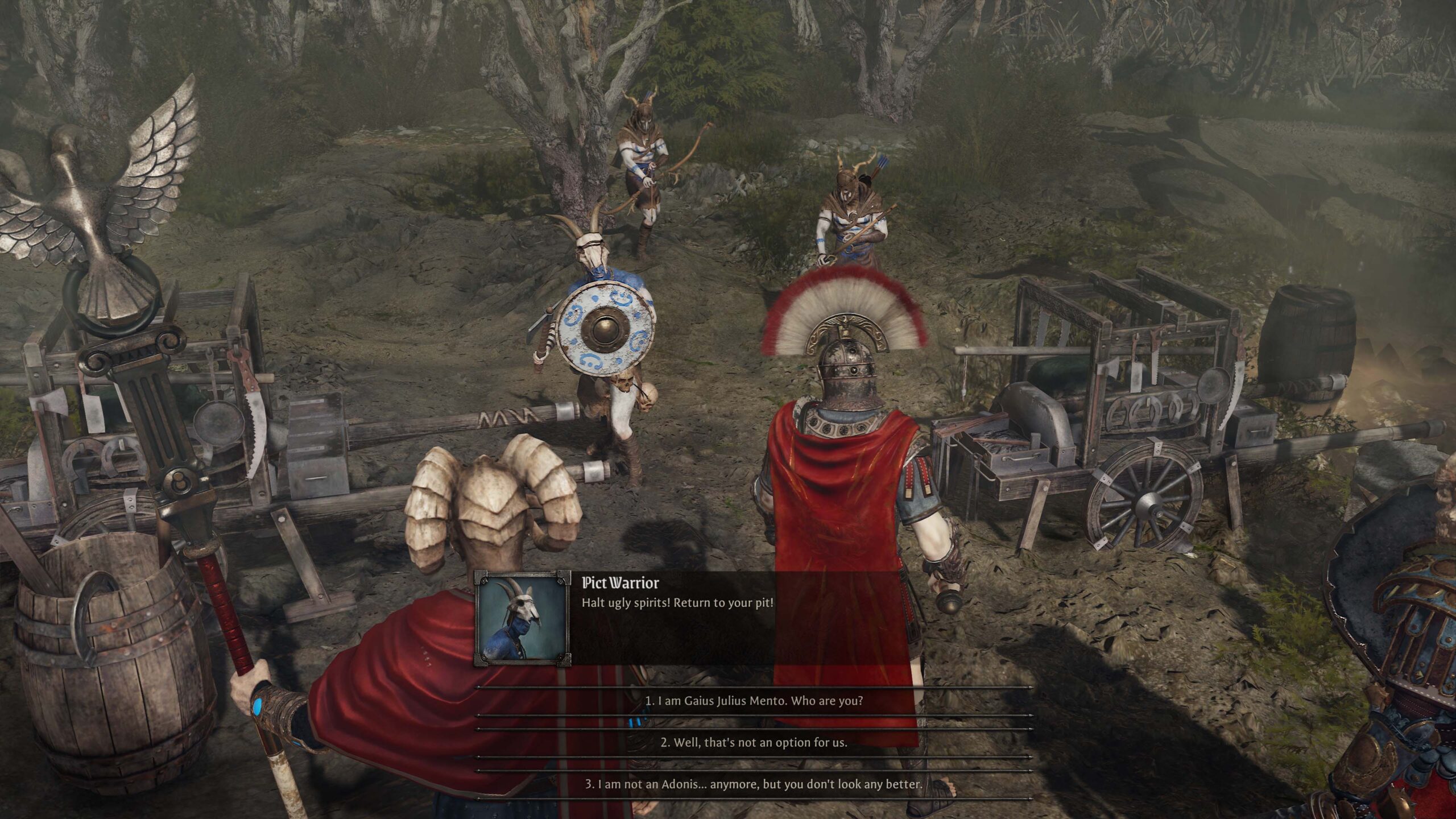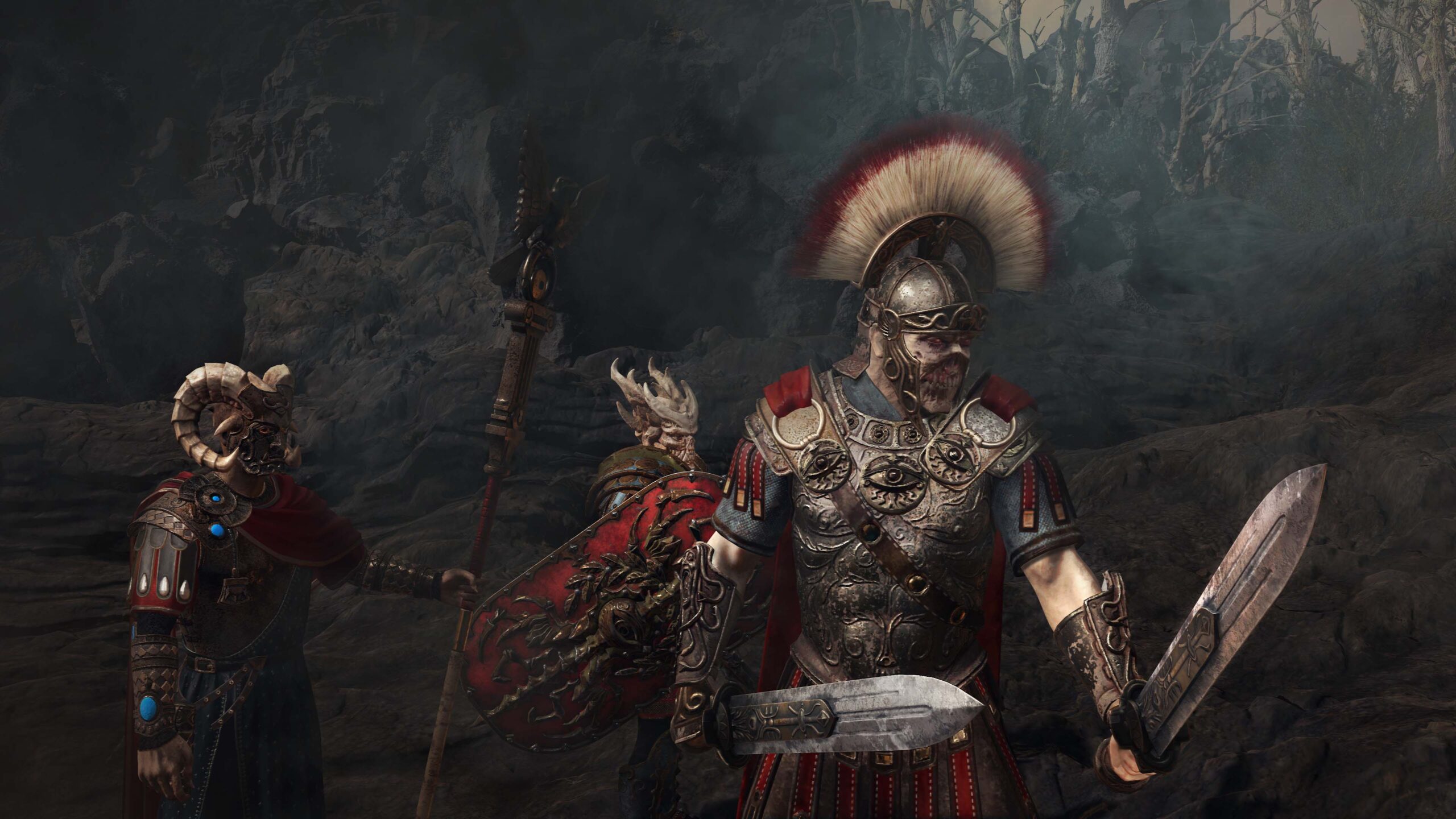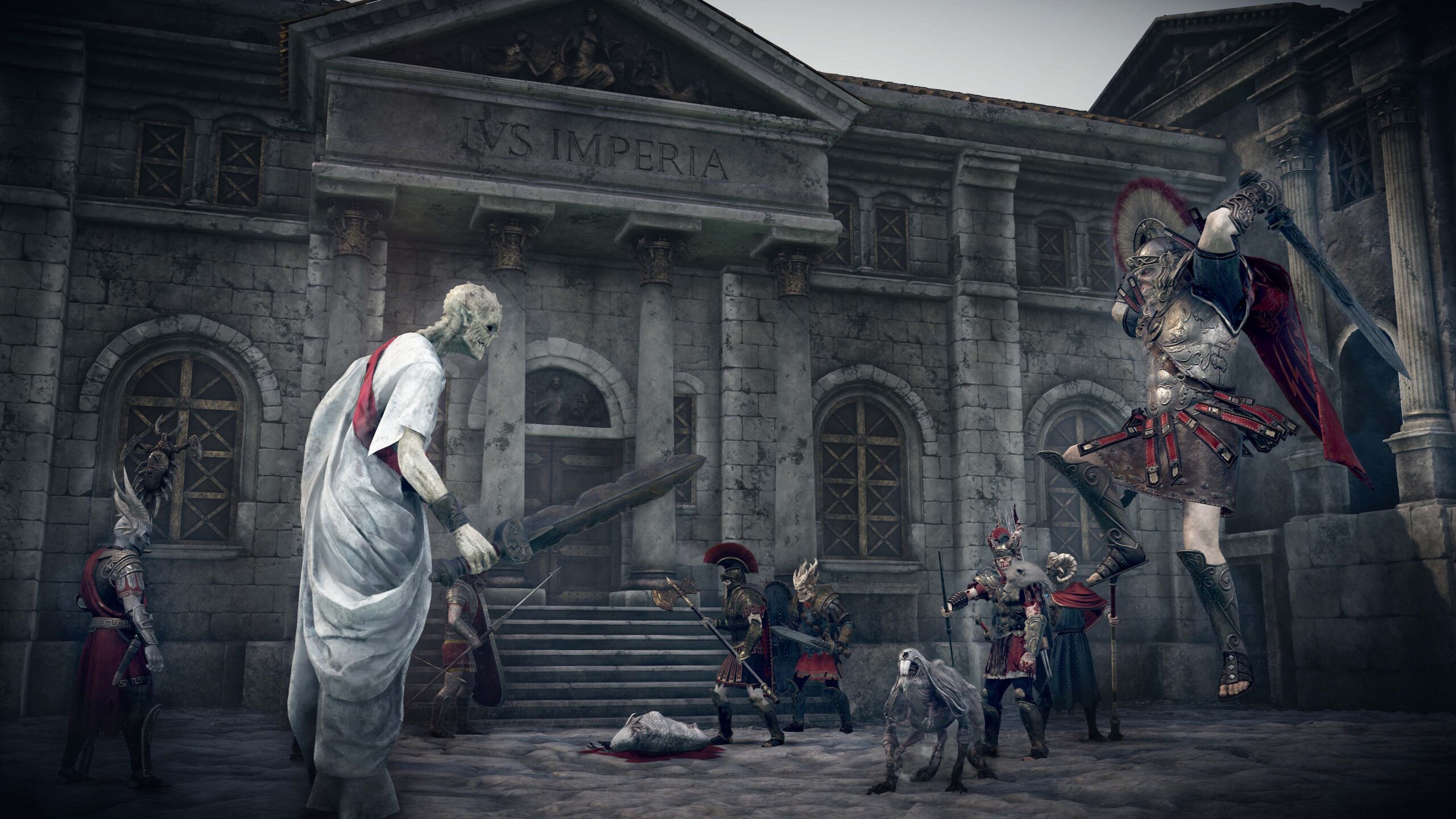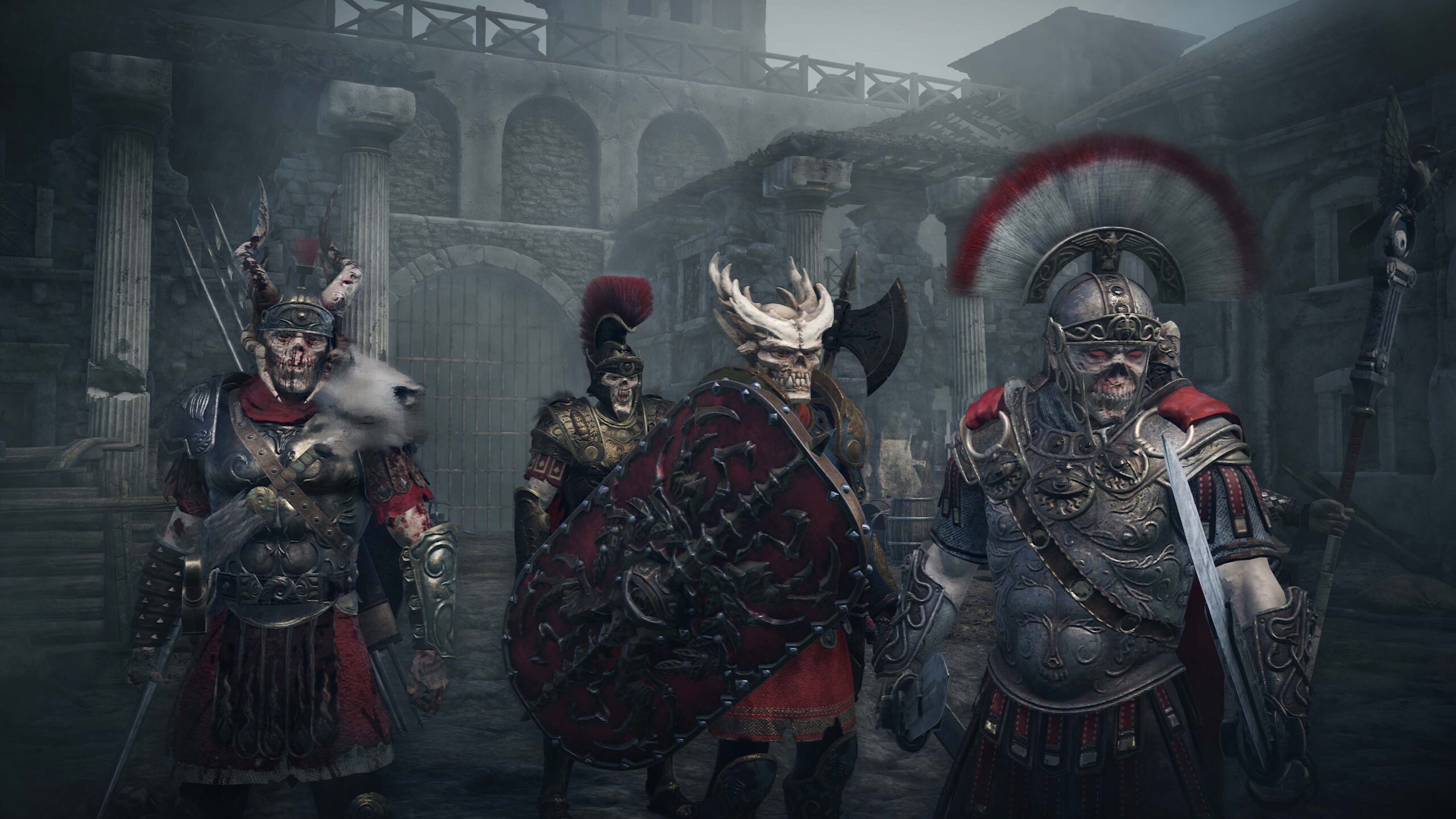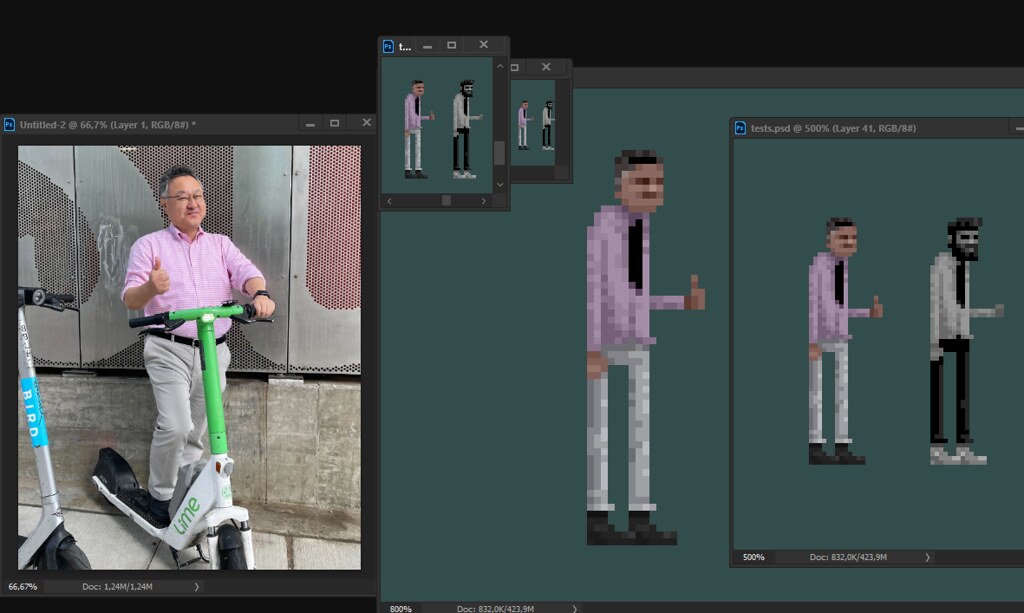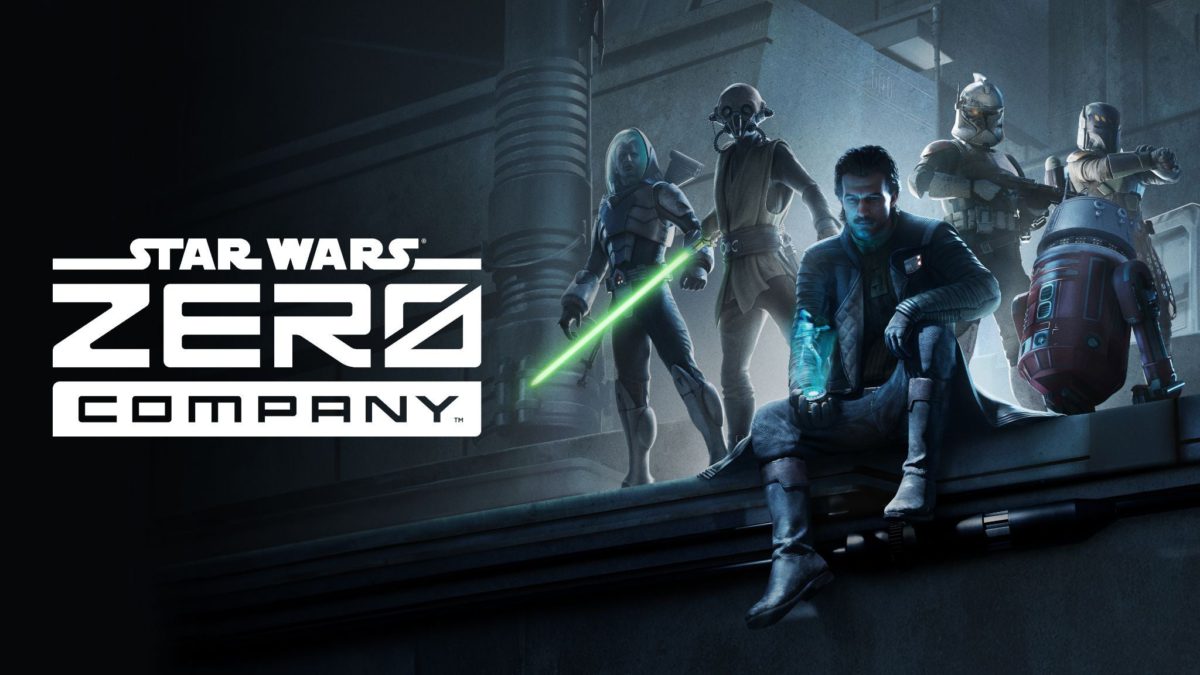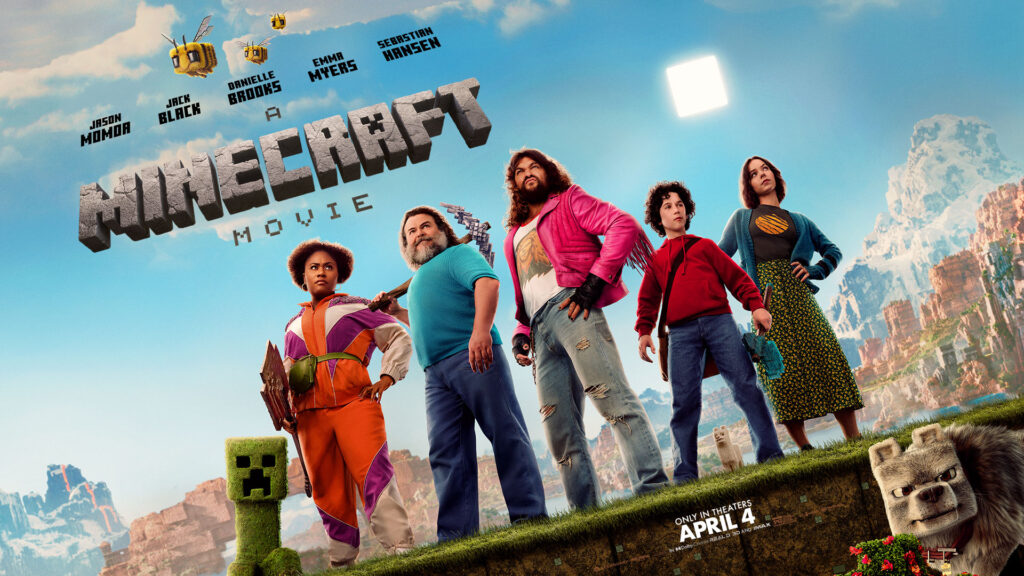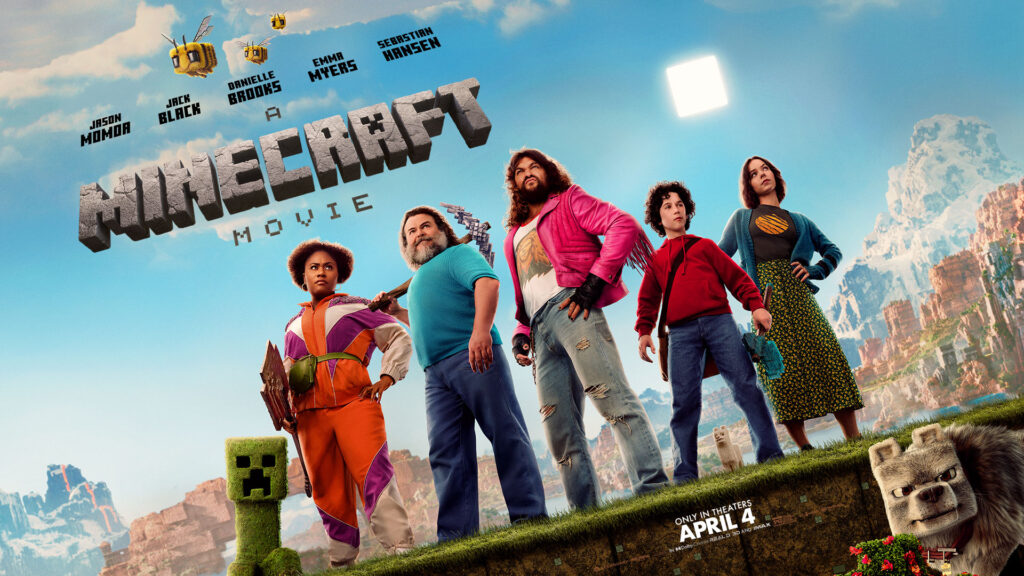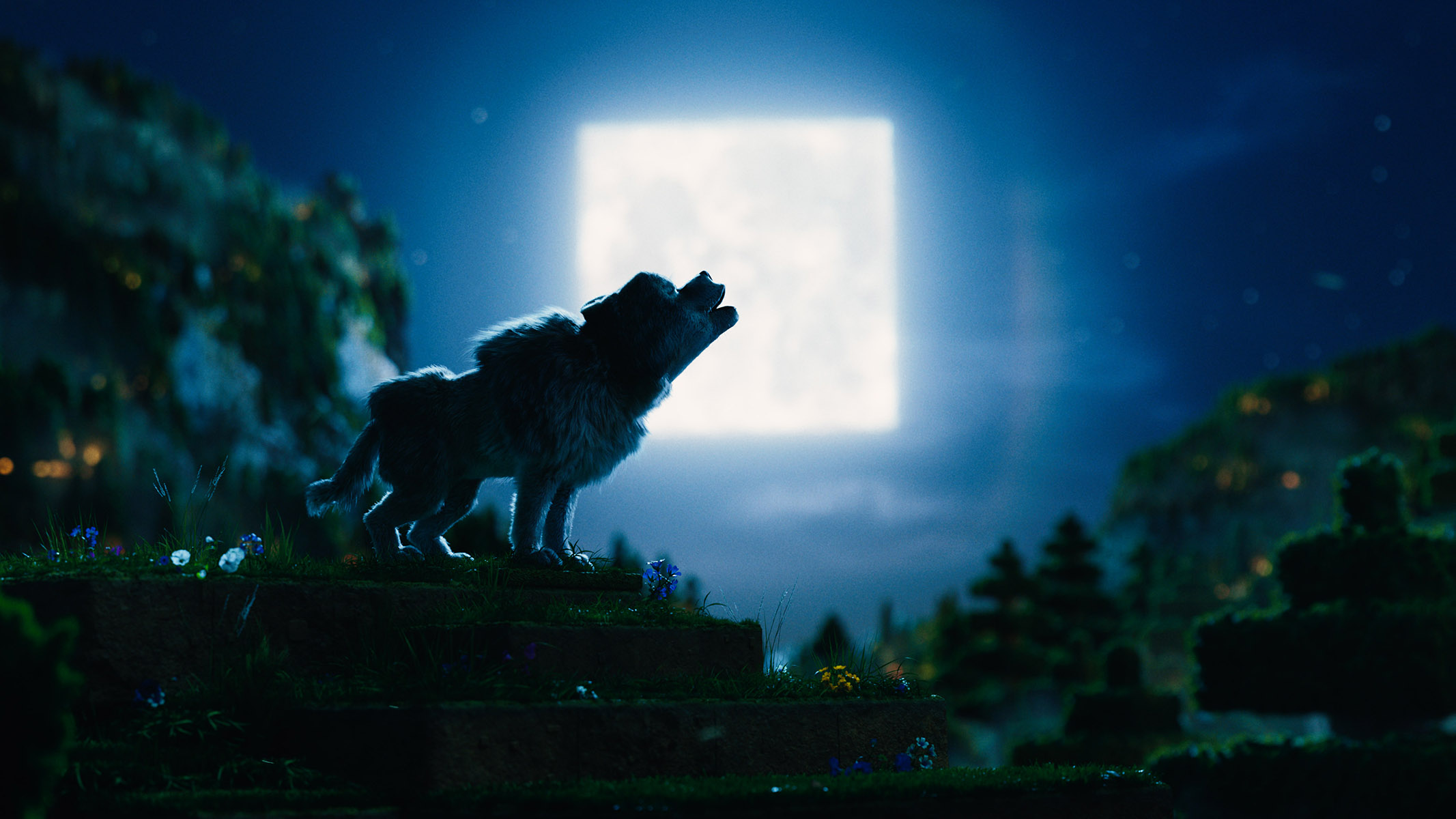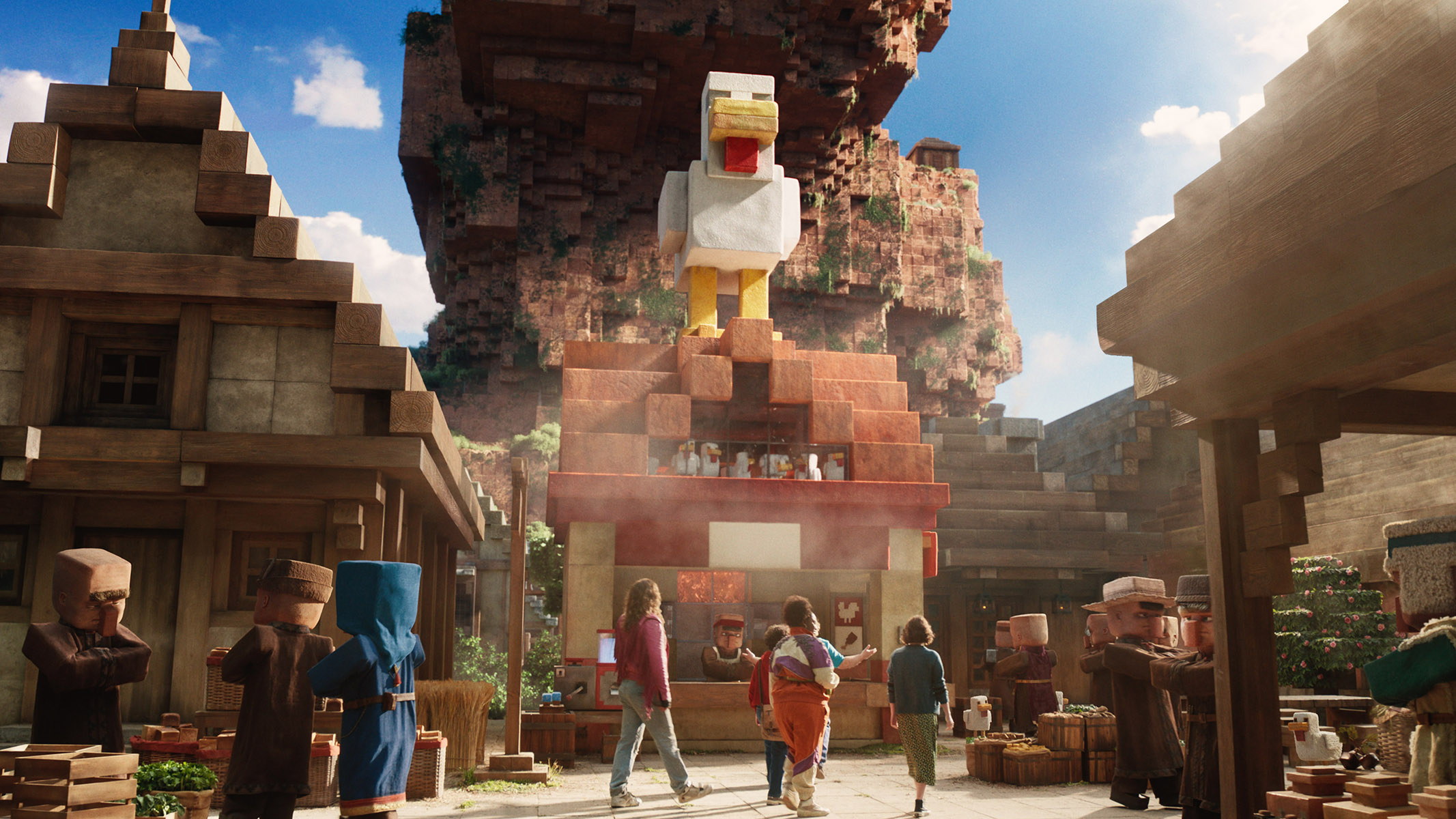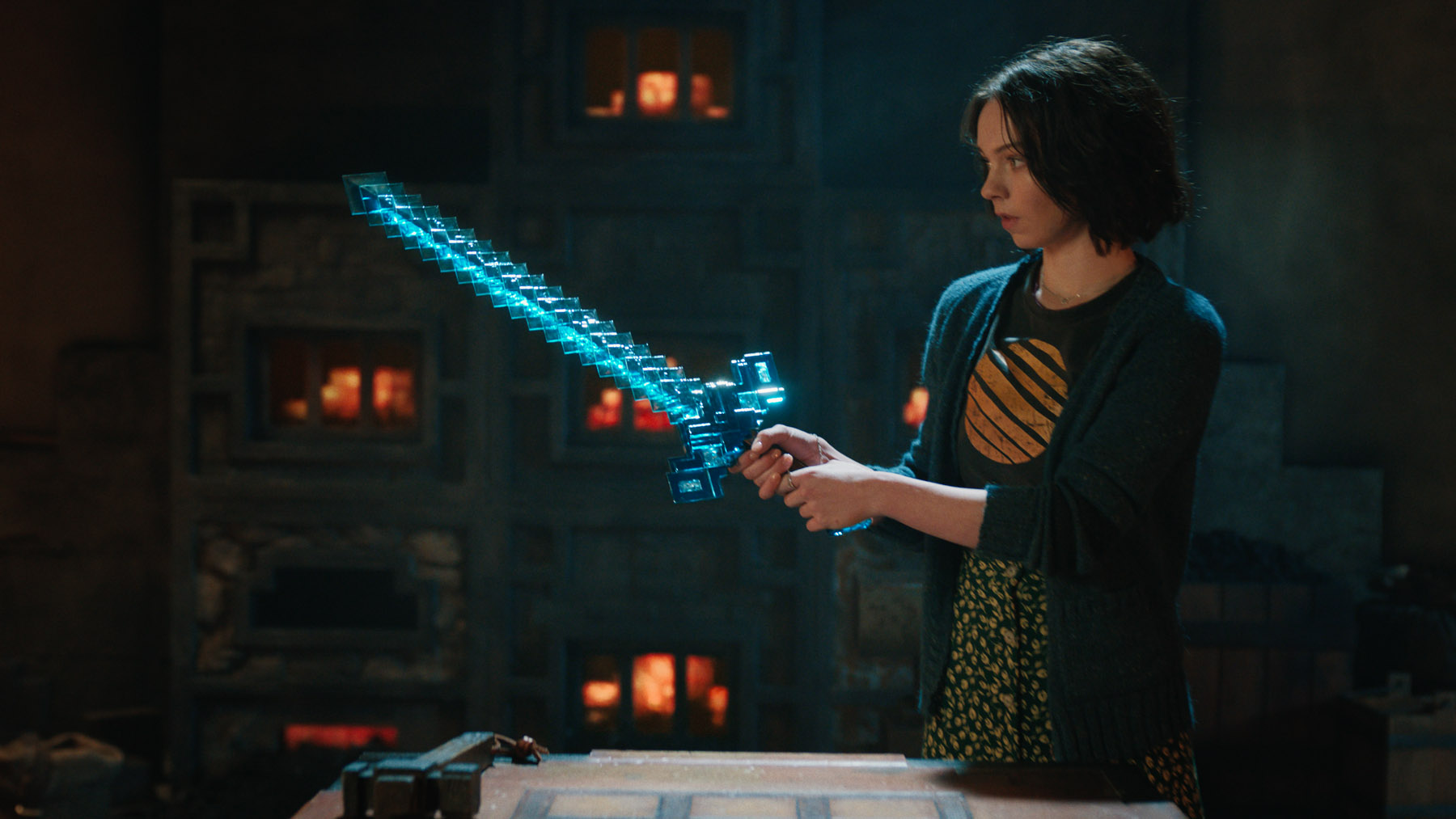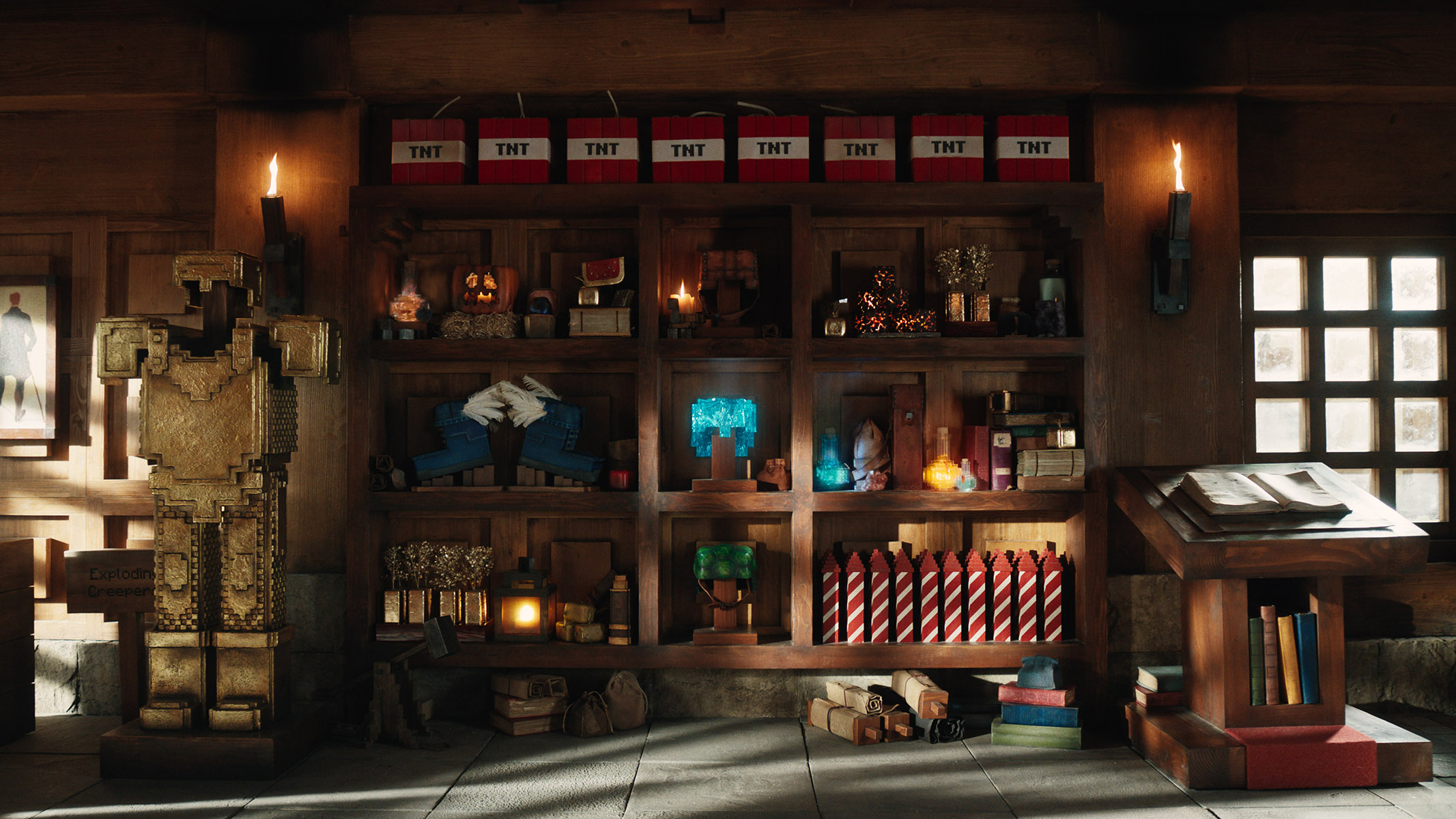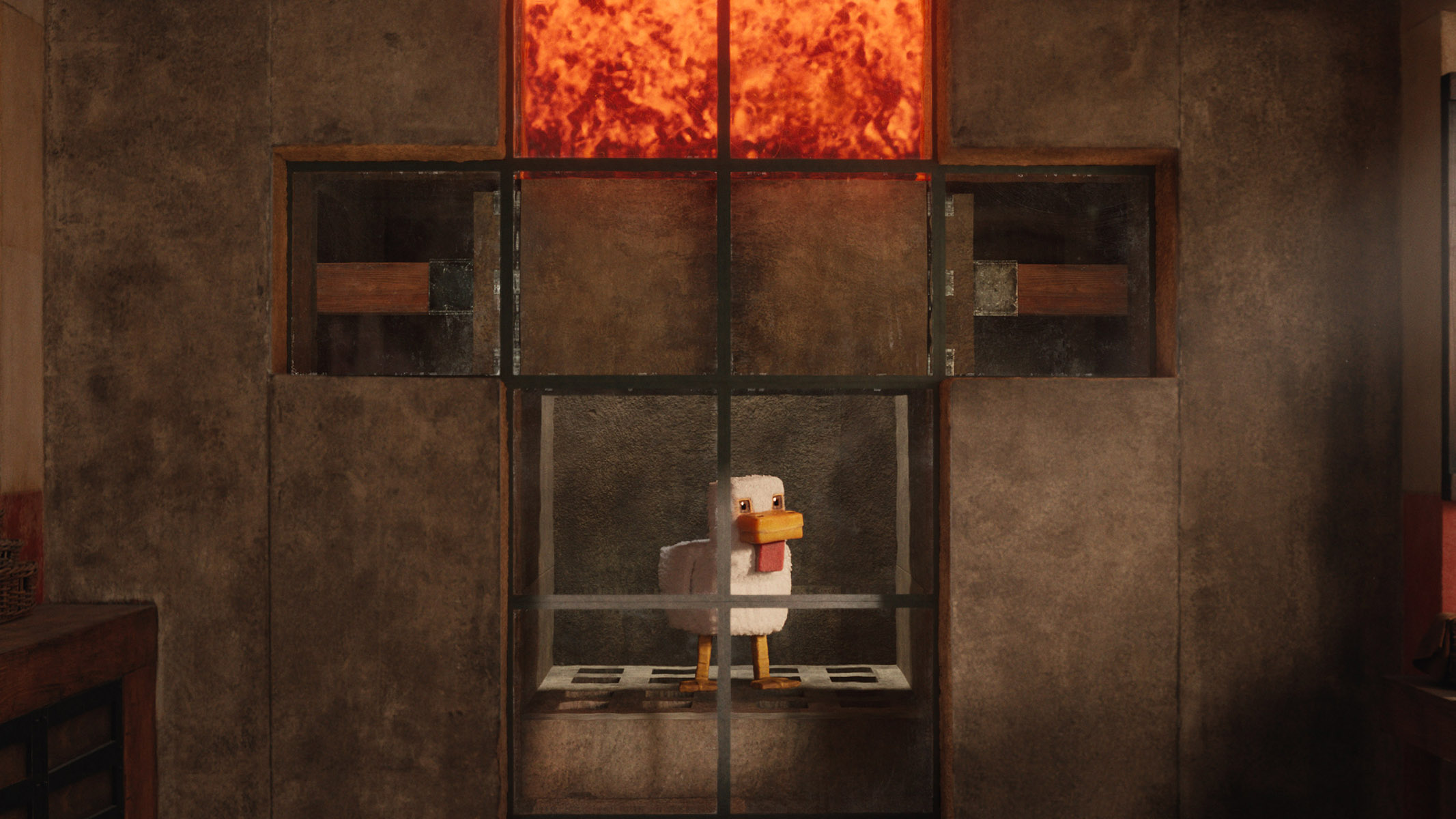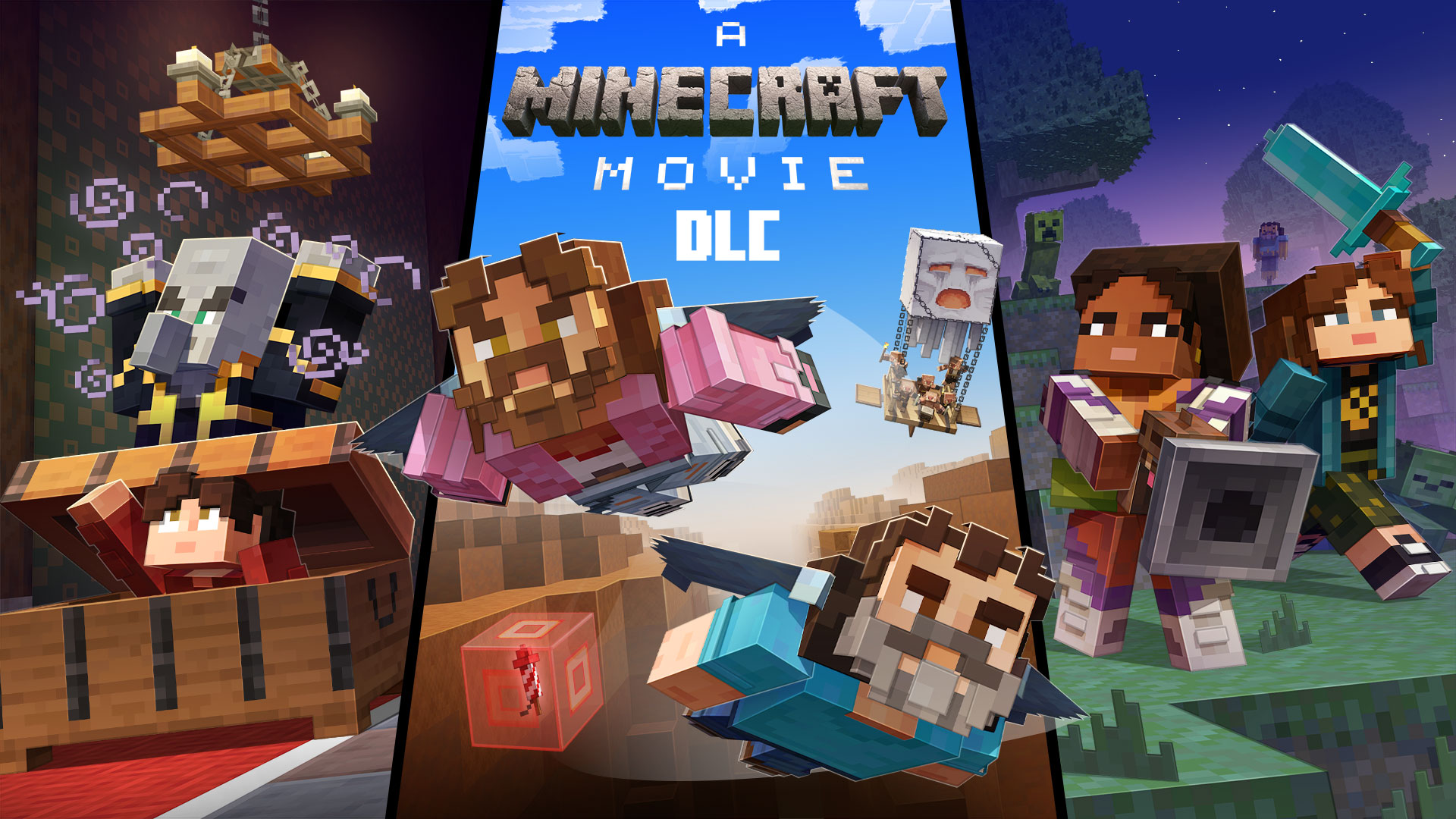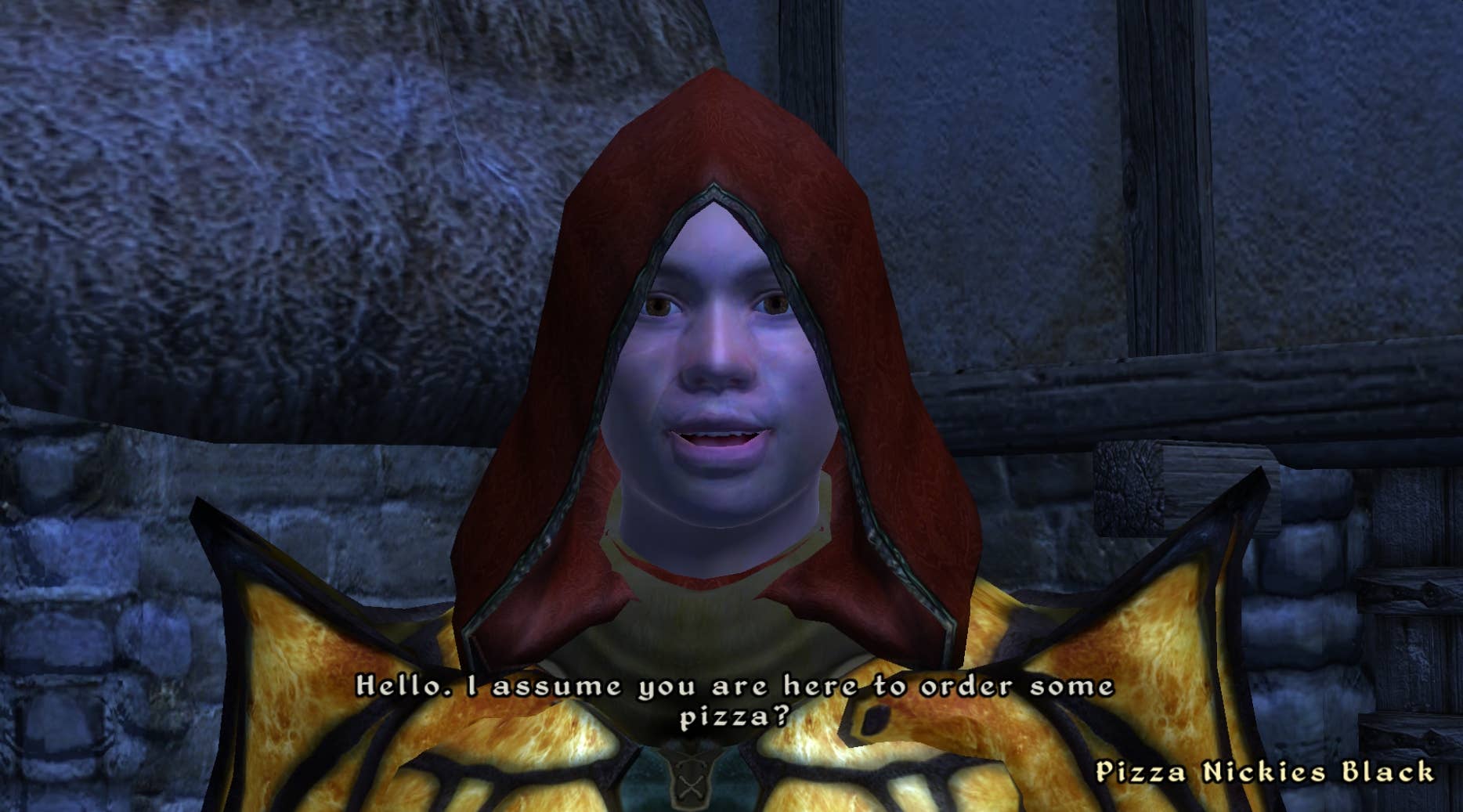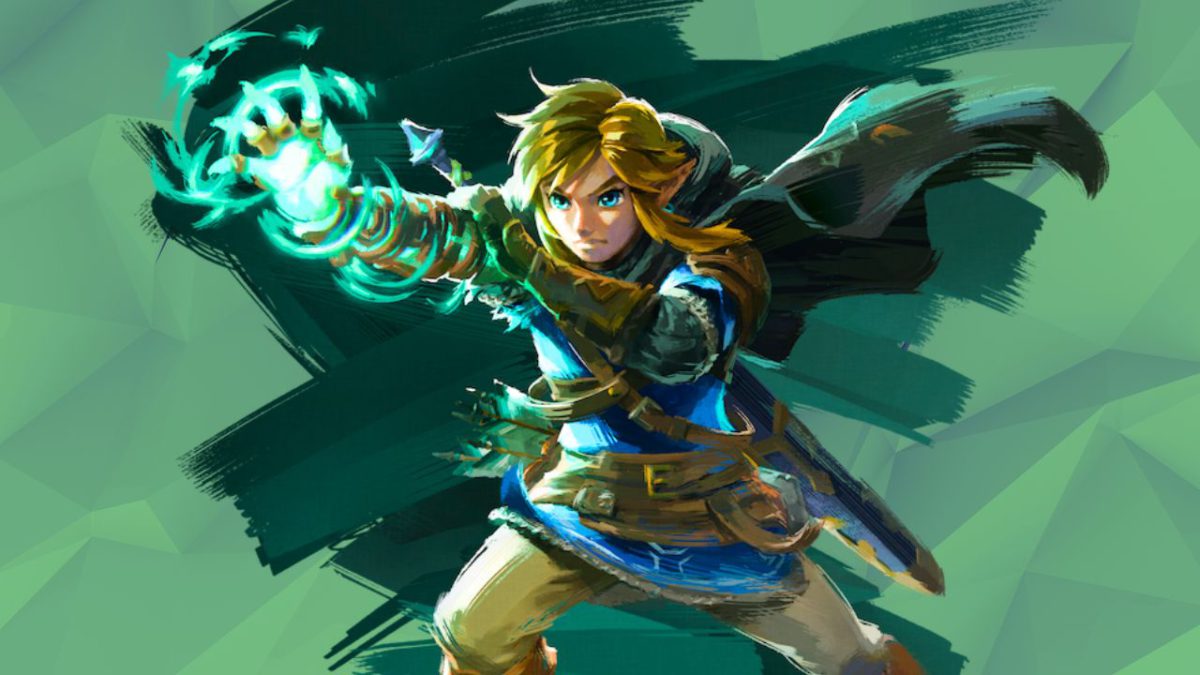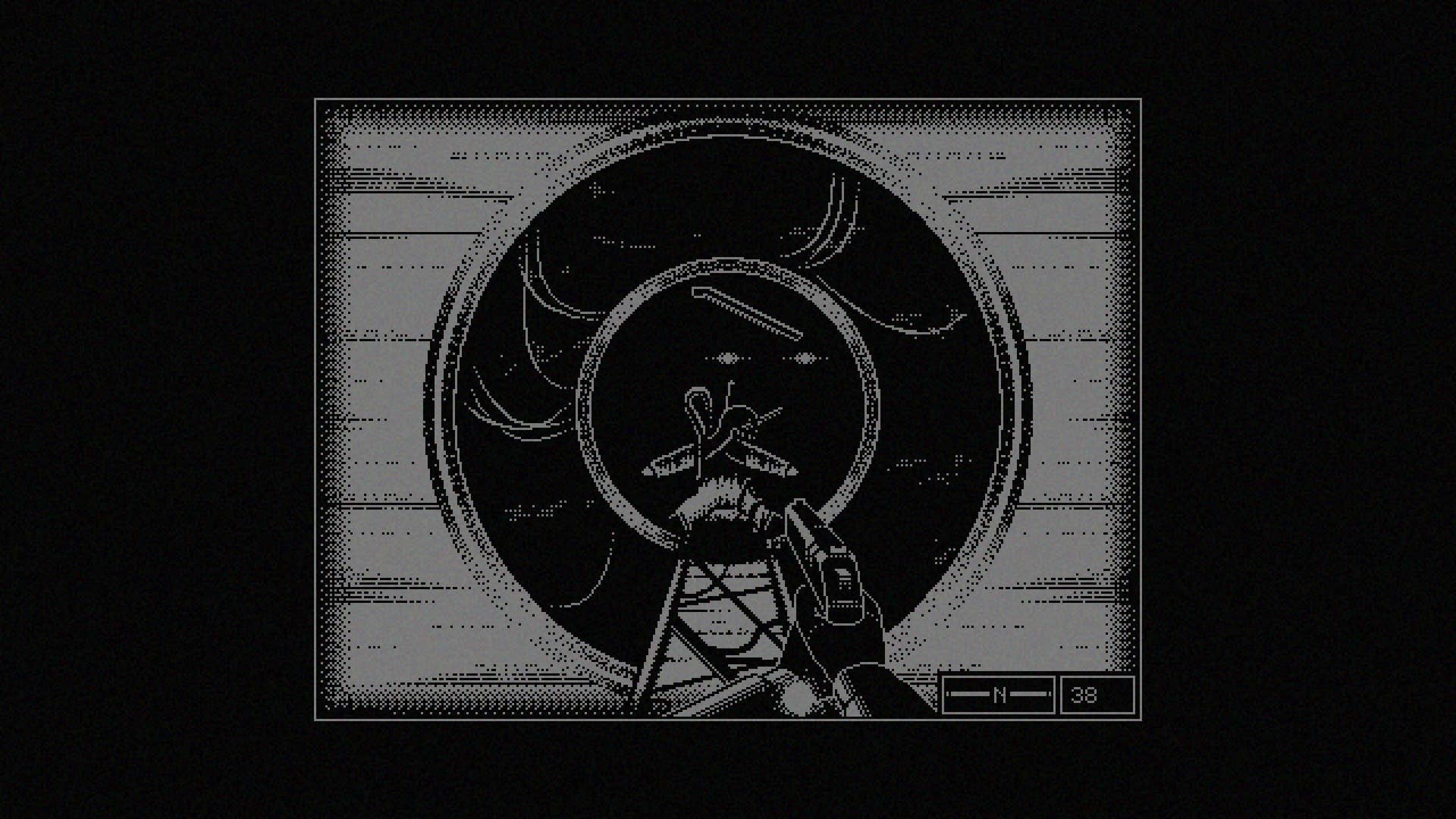
Astro Bot fans have all heard the story of the creation of the sponge power-up, but did you know developer Team Asobi also prototyped even wackier powers, like a coffee grinder and a roulette wheel?
We didn’t, until IGN attended GDC 2025, where Team Asobi studio director Nicolas Doucet gave a talk simply titled, “The Making of ‘ASTRO BOT'”. In his talk, Doucet went in-depth on the process of creating the PlayStation mascot platformer, including showing off a number of early prototype images and cut content.
Doucet began his talk by talking about the initial pitch for Astro Bot, which was written in May 2021, just a few months after Team Asobi began prototyping it. According to him, there were 23 different revisions of the pitch before it was shown to top management. Their pitch was apparently initially given as an adorable comic strip showing off the main pillars and activities of the game. Clearly, it was a success.
Next, Doucet explained how the team generated ideas. The answer, unshockingly, is a lot of brainstorming, but what Team Asobi did was form small groups of 5-6 people that mix individuals from different disciplines together. Everyone wrote or drew ideas on individual sticky notes, leading to this absolutely incredible brainstorming board image:
Not every idea made it to the next phase, prototyping, Doucet said. In fact, only around 10% of their brainstorms actually got made. But that was still a lot of prototyping. Doucet went on to talk about the importance of prototyping all sorts of things, explaining that everyone on the team was encouraged to prototype ideas they had. This included departments outside of game design, such as an example where audio designers made a theater inside Astro Bot to prototype haptic controller vibrations that corresponded to different sound effects, such as the different ways a door can open and close.
Prototyping was so important to the Astro Bot team, Doucet said, that a few programmers on the team were reserved to prototype things that had nothing to do with platforming. That’s where Astro Bot’s sponge mechanic came from – they prototyped a sponge that squeezed dry using the adaptive trigger, it was fun, and it became a part of the game.
Doucet shared the above image, which included a number of such prototypes that were made, but never turned into Astro Bot mechanics, alongside those that did. You can see the balloon and sponge, which were used, alongside prototypes of what looks like a tennis game, a little walking wind-up toy, a roulette wheel, a coffee grinder, and several more.
Later in the talk, Doucet also discussed how levels were selected and designed around certain mechanics. The goal, he said, was for every level to have unique gameplay of some kind and never feel too similar to another level. While that doesn’t mean that Astro Bot could never use the same power-up on more than one level, Doucet said that the expression of it had to be different enough each time to make the level feel unique. For instance, he showed some images of a cut level themed around bird flights that was cut due to reusing Astro Bot’s monkey power-up in ways that were a bit too similar to the level Go-Go Archipelago, as well as another level in Astro’s Playroom that had a similar power.
“In the end, it was decided that the overlap was not healthy enough to create variety, and we just cut this level entirely,” he said. “We’ll never know if that level would have been popular. But in hindsight, I think it’s a good thing that we got to spend that time elsewhere.”
Finally Doucet closed the talk by talking about the game’s final scene, and yes, this is Spoilers if you haven’t finished Astro Bot yet. Read on at your own risk.
In the final scene of Astro Bot, the player reassembles a broken Astro Bot using limbs and assistance from the other gathered bots. According to Doucet, originally the player was just handed a completely dismembered Astro. No head, no limbs, just the torso. But Doucet said that this made some people “really upset”, so they went with the slightly more intact version we see in the existing game.
Doucet’s talk included a number of other interesting nuggets and tidbits about the development of Astro Bot. We’ve spoken to him in the past multiple times about the development of Astro Bot, a game that we gave a 9/10 in our review, calling it “A fantastically inventive platformer in its own right, Astro Bot is particularly special for anyone with a place in their heart for PlayStation.”
Rebekah Valentine is a senior reporter for IGN. You can find her posting on BlueSky @duckvalentine.bsky.social. Got a story tip? Send it to rvalentine@ign.com.

